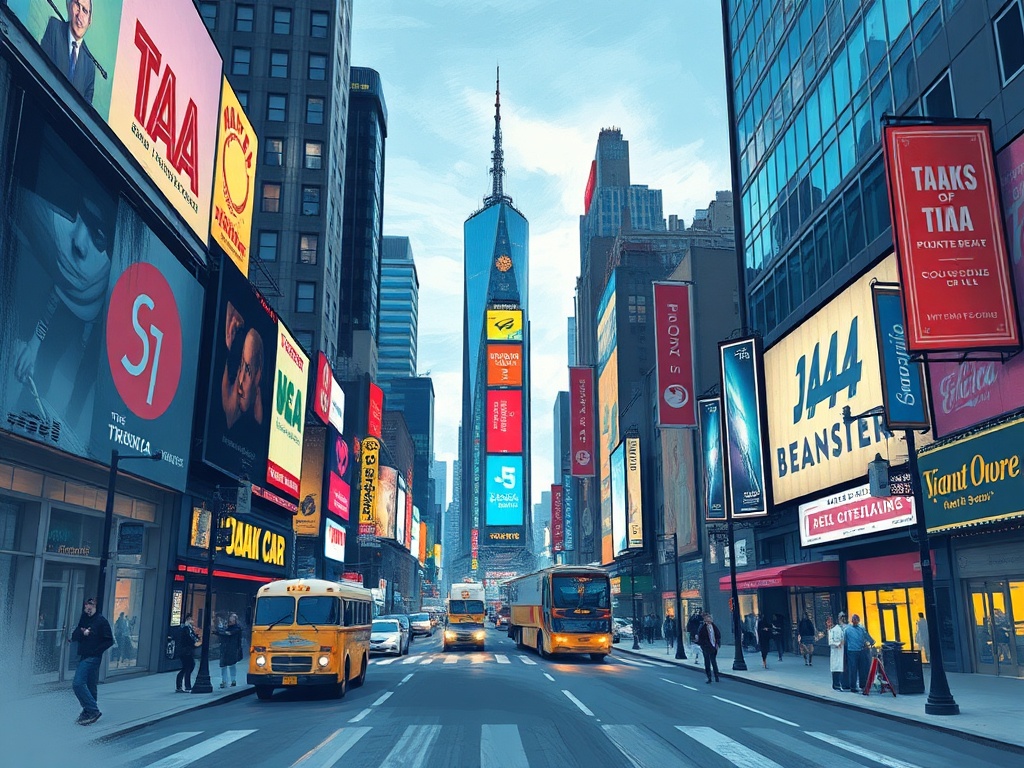Tribeca blends industrial charm with polished city living, making it one of Manhattan’s most desirable neighborhoods to explore.
Known for its quiet, cobblestone streets and converted factory lofts, Tribeca offers a mix of high-end dining, independent boutiques, cultural events, and waterfront green space that appeals to residents and visitors alike.
What to see and do
Wandering Tribeca is a key part of the experience. Architectural details like cast-iron facades and large loft windows reflect the neighborhood’s warehouse past, while side streets reveal art galleries and design studios. Washington Market Park and the nearby Hudson River Park offer leafy respite and waterfront walks; Pier 25 is a popular spot for families and active visitors thanks to playgrounds, mini-golf, and volleyball courts.
Culinary scene
Dining in Tribeca ranges from award-winning restaurants and chef-driven concepts to cozy cafés and bakeries. Many establishments emphasize a farm-to-table approach, craft cocktails, and seasonal menus.
Weekends fill quickly, so reserving ahead is recommended for brunch and dinner. For a more relaxed experience, explore neighborhood bakeries and coffee shops tucked along quieter blocks.
Culture and events
Tribeca’s creative identity is visible year-round.
Small theaters, independent film screenings, pop-up art shows, and specialty shops contribute to a vibrant cultural ecosystem.
A high-profile film festival helped put Tribeca on the cultural map and continues to draw filmmakers, celebrities, and cinephiles, energizing local businesses and streets during its run. Even outside that period, the neighborhood maintains a steady stream of cultural programming and gallery openings.

Shopping and services
Boutique shopping in Tribeca leans toward curated goods—fashion, home décor, and artisanal products—with an emphasis on quality over fast turnover. Interior design firms and galleries make the area a destination for those updating a loft or hunting for unique pieces. Local markets and specialty grocers offer everything from prepared foods to upscale pantry items, supporting both long-term residents and visitors.
Transportation and accessibility
Tribeca’s location in Lower Manhattan makes it accessible by a variety of transit options. Multiple subway lines and nearby transit hubs connect the neighborhood to other parts of the city, and bike lanes and ferries provide scenic alternatives for commuters and sightseers. Driving can be challenging because of limited parking, so public transit or ride services are often the most convenient choice.
Living in Tribeca
Tribeca’s residential mix includes restored lofts, full-floor condos, and newer luxury towers that offer amenities such as doormen, fitness centers, and rooftop terraces. The neighborhood’s calm streets, quality schools, and proximity to parks make it popular with families, while its creative community continues to attract artists and professionals.
Tips for visitors
– Stroll slowly to appreciate architecture and hidden galleries.
– Make reservations for popular restaurants and weekend brunch.
– Explore the waterfront for sunset views and outdoor recreation.
– Check local listings for pop-up events, gallery openings, and small theater performances.
With its balance of history, culture, and contemporary conveniences, Tribeca remains a compelling neighborhood to visit or call home. Whether seeking a refined meal, an artful discovery, or a peaceful urban stroll, the area delivers a distinctive New York experience.